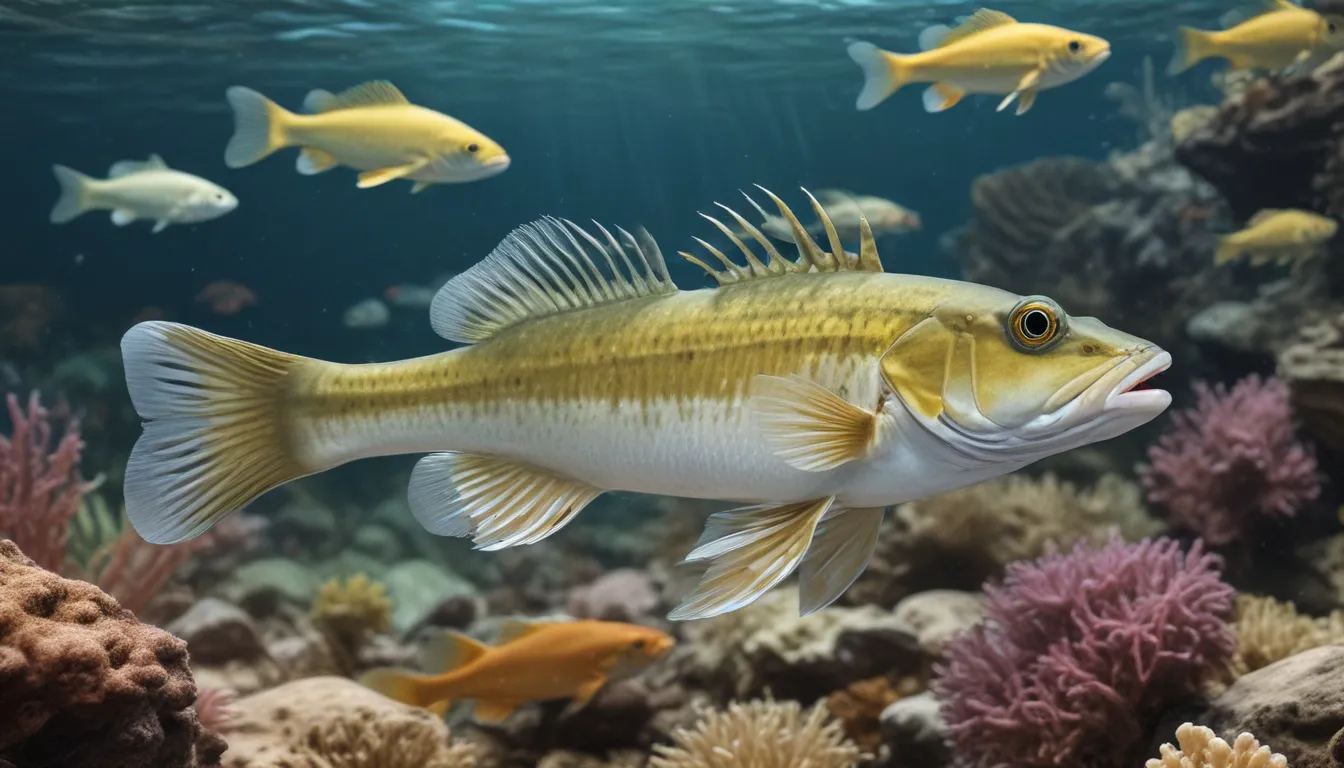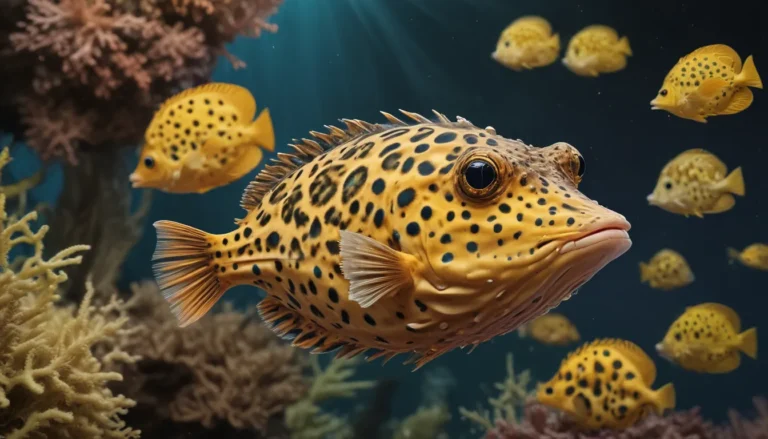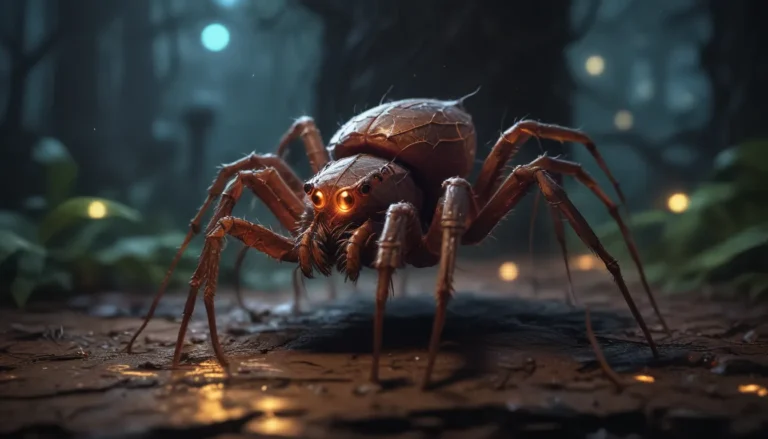The pictures we use in our articles might not show exactly what the words say. We choose these pictures to make you interested in reading more. The pictures work together with the words but don’t take their place. The words still tell you the important facts.
Are you ready to dive into the colorful and mesmerizing world of gobies fish? These small yet mighty creatures are a captivating group of fish found in oceans, lakes, and rivers worldwide. With their vibrant colors, unique behaviors, and remarkable adaptations, gobies fish are a delight to observe and study. In this article, we will explore 19 interesting facts about gobies fish that will leave you amazed and intrigued. From their ability to change colors to their complex social structures, gobies fish have a lot to offer. So, let's uncover the secrets of these fascinating fish and learn why they are such an essential part of the underwater ecosystem.
Discovering the World of Gobies Fish
Gobies belong to the diverse family Gobiidae, which is one of the largest fish families with over 2,000 known species. These small fish can be found in a variety of habitats, from coral reefs and mangroves to rivers and streams. Many gobies stand out with their vibrant colors, such as electric blue, neon yellow, and fiery red, making them visually striking underwater. They also come in various body shapes, from elongated to compressed, allowing them to adapt to different environments and feeding habits.
The Unique Adaptations of Gobies Fish
One of the most remarkable features of gobies fish is their specialized suction cup-like structure. Many gobies possess a sucker disc on their ventral side, enabling them to cling to rocks, coral, or other surfaces in fast-flowing water. Additionally, some gobies have the ability to change their body coloration to match their surroundings, providing effective camouflage to avoid predators. These small fish are carnivorous, with a diverse diet that includes small invertebrates, crustaceans, algae, and even other smaller fish.
The Intriguing Behaviors of Gobies Fish
Gobies exhibit interesting mating behaviors, with some engaging in monogamous relationships, forming harems, or displaying elaborate courtship rituals to attract mates. They also demonstrate parental care, with some species guarding and caring for their eggs while others carry their eggs in their mouths until they hatch. Certain gobies have a symbiotic relationship with shrimp, where the shrimp dig and maintain burrows while the gobies act as lookouts for predators. In addition, some gobies can produce distinct clicking sounds by grinding their pharyngeal teeth together, serving as a form of communication.
The Role of Gobies in Marine Ecosystems
As bottom-dwelling fish, gobies play an essential role in marine ecosystems. They help control populations of small invertebrates, contribute to nutrient cycling, and serve as a food source for larger predators. Some gobies can tolerate low oxygen levels and survive in environments with stagnant ponds or tide pools. Due to their small size and attractive colors, many gobies are commonly kept in aquariums, captivating the hearts of aquarium enthusiasts worldwide.
Exploring the Diversity and Adaptations of Gobies Fish
Gobies fish are fascinating creatures with a wide global distribution, found in tropical and subtropical areas of the Atlantic, Indian, and Pacific Oceans. With a lifespan of 2 to 4 years on average, gobies come in various sizes, with most measuring between 1 to 4 inches in length. They rely on their pectoral fins instead of their tails to swim through the water with quick and agile movements. Some gobies form hierarchical social structures, with dominant individuals maintaining territories and subordinate gobies seeking protection within those territories.
Conclusion: Unveiling the Enigmatic World of Gobies
In conclusion, gobies are truly remarkable fish that inhabit a diverse range of aquatic environments worldwide. With their unique adaptations, vibrant colors, and interesting behaviors, gobies have captured the attention of scientists and aquarium enthusiasts alike. Whether you're fascinated by their intricate mating rituals, their ability to change colors, or their ecological significance, gobies never cease to impress. Their role in maintaining the balance of marine ecosystems is crucial, and their diversity is a testament to their adaptability and resilience.
FAQs: Answering Your Burning Questions About Gobies Fish
-
What is the average lifespan of gobies?
Gobies typically have a lifespan of 2 to 5 years, although some species can live longer in ideal conditions. -
Are gobies suitable for home aquariums?
Yes, many gobies make great additions to home aquariums. It's important to research specific species' requirements and compatibility beforehand. -
Do all gobies have the ability to change colors?
No, only certain species like the neon goby possess the ability to change colors. -
Are gobies important in the ecosystem?
Yes, gobies play crucial roles in their ecosystems, serving as key indicators of environmental health and contributing to nutrient cycling and food webs. -
Can gobies be trained or tamed?
While not known for their intelligence, some gobies can be trained or conditioned to respond to certain stimuli or cues.
As you continue to explore the enchanting world of gobies fish, remember to appreciate their beauty, adaptability, and significance in marine ecosystems. Stay curious and eager to learn more about these incredible creatures that continue to surprise and inspire us with their fascinating abilities and behaviors.






